It’s no surprise that ASUS knows what it’s doing when it comes to gaming peripherals. The ROG or Republic of Gamers brand brings high-performance, well-built, and relatively expensive gaming gear.
The ROG Delta II shows that off in spades as it delivers a solid mix of functionality and sound quality for gamers who are looking to invest in a gaming headset that will last them for years, at a premium. The Delta II was released in September last year, but is the latest iteration in the Delta series that includes the original Delta, Delta S series, Delta Origin, and Delta Core series.
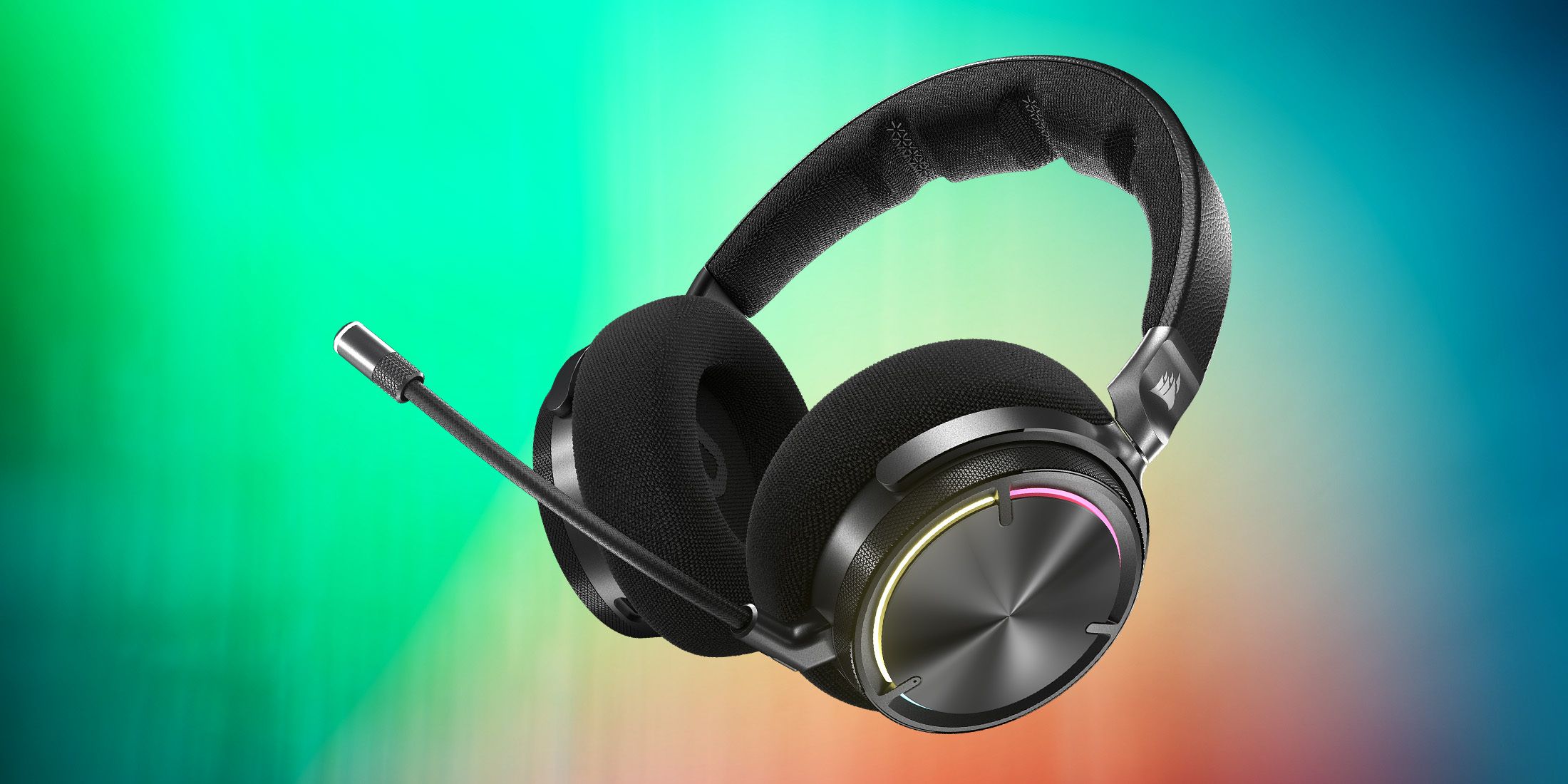
Related
Corsair Virtuoso Max Wireless Gaming Headset Review
The Corsair Virtuoso Max Wireless is one of the most expensive gaming headsets around, but it’s packed with features.
What’s in the Box?
- ROG Delta II gaming headset
- ROG Hybrid fabric ear cushions
- Detachable microphone
- Wireless 2.4 GHz USB-C dongle
- USB-C to USB-A adapter
- USB-C to USB-A charging cable
- 3.5 mm cable
- User guide
There is nothing too special about the unboxing experience here, but the inside of the ROG Delta II box is lined with soft foam to prevent scratches or any kind of damage to the headset during shipping. There is no carrying case or bag included with the Delta II, which, at this price point, should have been a bundled accessory. Nevertheless, the headset itself feels fairly lightweight when taking it out of the box and has PU leather ear cushions installed by default.
Specifications and Features
The ROG Delta II is the best of what ASUS offers, so it comes with some of the top-tier specifications, including tri-mode connectivity, i.e., 2.4GHz, Bluetooth, and wired. It features 50mm titanium-plated diaphragm drivers, a 20Hz to 20,000Hz frequency response range, and 32-ohm impedance. The included detachable microphone is a 10 mm super-wideband unidirectional boom mic, but without any noise cancelation. There is RGB lighting on the earcups that can be turned off to preserve battery.
Speaking of which, there is a 1,800 mAh battery inside that can last up to an advertised 110 hours in 2.4GHz mode with RGB lighting turned off. On Bluetooth, it can last up to 140 hours with the lighting turned off. The battery life drops significantly if the lighting is turned on. Thanks to fast charging, you can get up to 11 hours of playtime with just 15 minutes of charging.
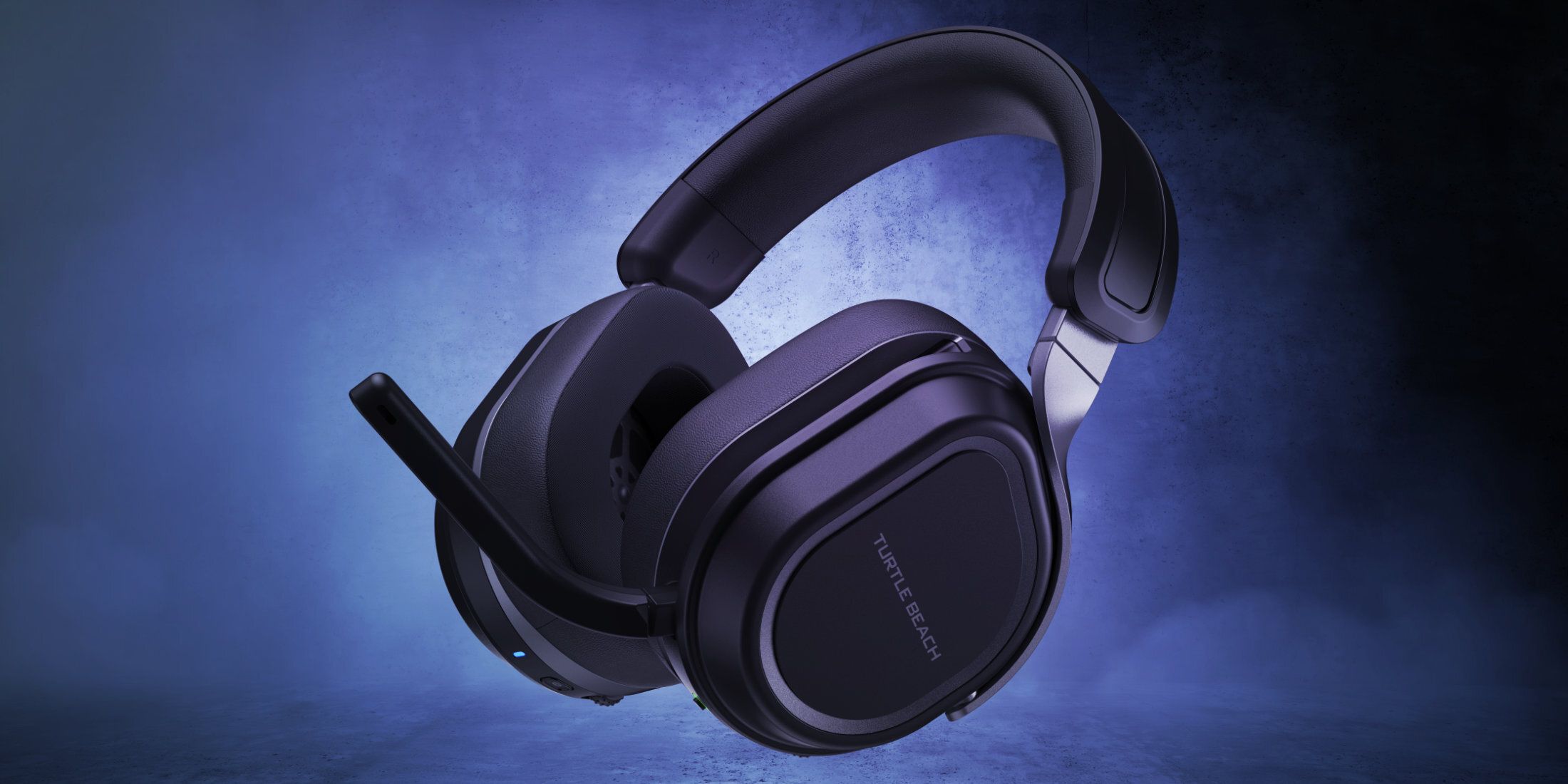
Related
Turtle Beach Stealth 700 Gen 3 Gaming Headset Review
The Turtle Beach Stealth 700 Gen 3 headset packs great sound quality and a versatile feature set, making it a top choice for multi-platform gamers.
The ROG Delta II weighs 318 grams, and thanks to the padding on the headband and the soft ear cushions, that weight is easily manageable. In terms of platform compatibility, the headset works with PC, Mac, Nintendo Switch, PS5/PS5, Xbox (via 3.5mm cable), and mobile devices. What’s also great is that the 2.4GHz and Bluetooth connections can be used simultaneously.
Design, Build Quality, and Comfort
ROG products tend to lean towards the more gamery aesthetic, and the Delta II is no different. It has triangular ear cushions with triangular RGB lights, as well as a light-up ROG logo on the ear cups. The earcups also rotate flat to sit on your shoulders when not in use, but the headset does not fold all the way for easy transportation.
There are a bunch of controls located on either earcup. The left earcup houses controls for the 2.4GHz connection and has a volume dial that doubles as the mic mute button, a function button for controlling music playback and turning off the RGB lighting, a power switch, the USB Type-C charging port, and the slot for the mic. On the right earcup, you will find controls for the Bluetooth connection, including a volume wheel and a multifunction Bluetooth button. The 3.5mm jack is located on this side as well.
The headband adjustment is smooth with soft clicks at every level. Both sets of ear cushions are also deep enough not to make contact with the ears. The overall size, however, is just right to encompass my ears, but people with larger ears may find the earcups to be sitting over their ears or folding them inside. Fortunately, both the PU leather and fabric ear cushions are soft, and the clamping force of the headset is minimal.
For me, even on the smallest headband setting, the clamping force was just strong enough to stop the headset from sliding off if I shook my head. A bit more clamping force would have helped isolate the audio a bit more and kept the headset firmly on the head.
It would’ve been ideal if the earcups were magnetically attached, so switching between the PU leather and fabric ones would have been a whole lot easier. But once you identify the one that works best for you, swapping them out regularly won’t be a thing.
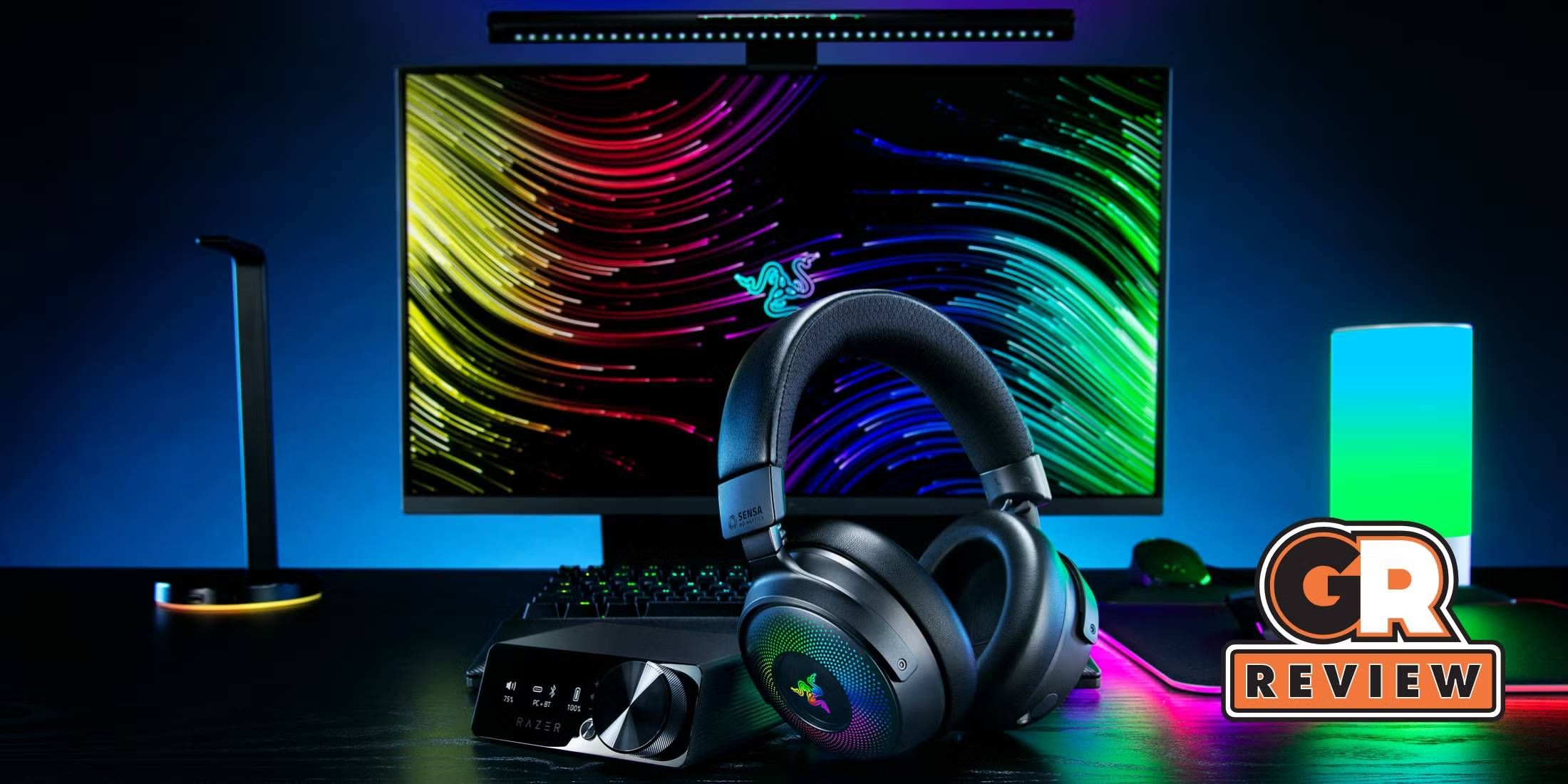
Related
Razer Kraken V4 Pro Gaming Headset Review: Improved Haptics at a Hefty Price
The Razer Kraken V4 Pro lets listeners hear and feel intense gaming action. As one of the pricier wireless headsets, how else does it entice gamers?
Audio Quality, Software, and Battery Life
Out of the box, the ROG Delta II headset uses the ‘Flat’ EQ preset, which delivers, as the name suggests, a flat but balanced sound that works well for media consumption and casual gaming. Audio is clear and loud enough at 40% to 50% volume. The titanium-plated drivers do a good job of producing different audio frequencies for clarity between the many different sounds in-game and while watching videos.
Where the Delta II shines is the ‘FPS’ preset that tweaks the highs, lows, and mids just right to make competitive gaming even more competitive. In PUBG, enemy footsteps were clear and accurate, making it easy to identify their relative distance and elevation. People who play FPS shooters know how important accurate sound is, and the Delta II does a great job at that.
Thanks to what ASUS calls ROG SpeedNova wireless technology, there was no perceptible latency in games and no issues with connectivity over 2.4GHz. Switching on the headset pairs to the dongle within seconds, and holding the Bluetooth button for three seconds, connects to the last paired device. A lot of headsets allow for simultaneous audio from 2.4GHz and Bluetooth, and it is great to see that feature here as well. I could easily listen to YouTube videos from my phone (connected via Bluetooth) while waiting for matchmaking, and then pause the video to focus on the game.
The unidirectional boom mic relays clear vocals, as I was told by my teammates over Discord. My voice was loud and not tinny-sounding, and despite there being no noise cancelation, background noise was minimal, if any at all. There is also an LED indicator on the mic for when it’s muted, along with a ‘microphone off/on’ audio prompt. Speaking of which, the audio prompts sound natural and casual instead of the typical, robotic-sounding prompts, which I appreciate.
ASUS’s Armoury Crate is the one-stop shop for all ASUS peripherals, and there were quite a few updates to the different parts of the software, as well as the headset and dongle. The software has tabs for the different settings, and the EQ section is where you can adjust the different sound presets, as well as adjust Bass Boost. With the ‘FPS’ preset, I found that the Bass Boost (at 30% to 40%) added just the right amount of thump to games. The lighting can be customized here as well, or turned off completely.
Before starting to use the Delta II, I charged it fully, and it took about six days of use with RGB on (at 30%) to bring the battery down to 10%. Through most of the week, there were two- to three-hour gaming sessions, with Saturday stretching to about four to five hours. Some of these days involved a secondary Bluetooth connection with the phone as well.
Therefore, estimates suggest the Delta II falls around the 20-to-22-hour mark for battery life with 2.4GHz and RGB on, just shy of the advertised 24 hours. It should also be noted that the ROG Delta II does not output sound via the charging cable, but it can be used while charging.
Price and Final Thoughts
At $230, the ROG Delta II is not a budget headset. It does, however, sit about $20 cheaper than other premium offerings like the Logitech G PRO X 2 Lightspeed and the SteelSeries Arctis Nova Pro. Its audio quality is on par with the other premium offerings, except the SteelSeries Arctis Nova Pro, which comes with its own DAC.
The tri-mode connectivity and simultaneous 2.4GHz and Bluetooth connections are essential features in 2025. The mic is sharp and clear, and the headset is comfortable over long gaming sessions. It has solid battery backup and comprehensive software tuning capabilities. Someone already in the ROG ecosystem would get a premium headset without having to install another piece of software.
That being said, I feel that the ROG Delta II could have been priced a bit lower to make it an even more compelling headset. Notably, at the time of writing, it is on sale for $20 off, putting it at $210. This year, it has been discounted often to as low as $199, which is the best deal you can get for the Delta II.
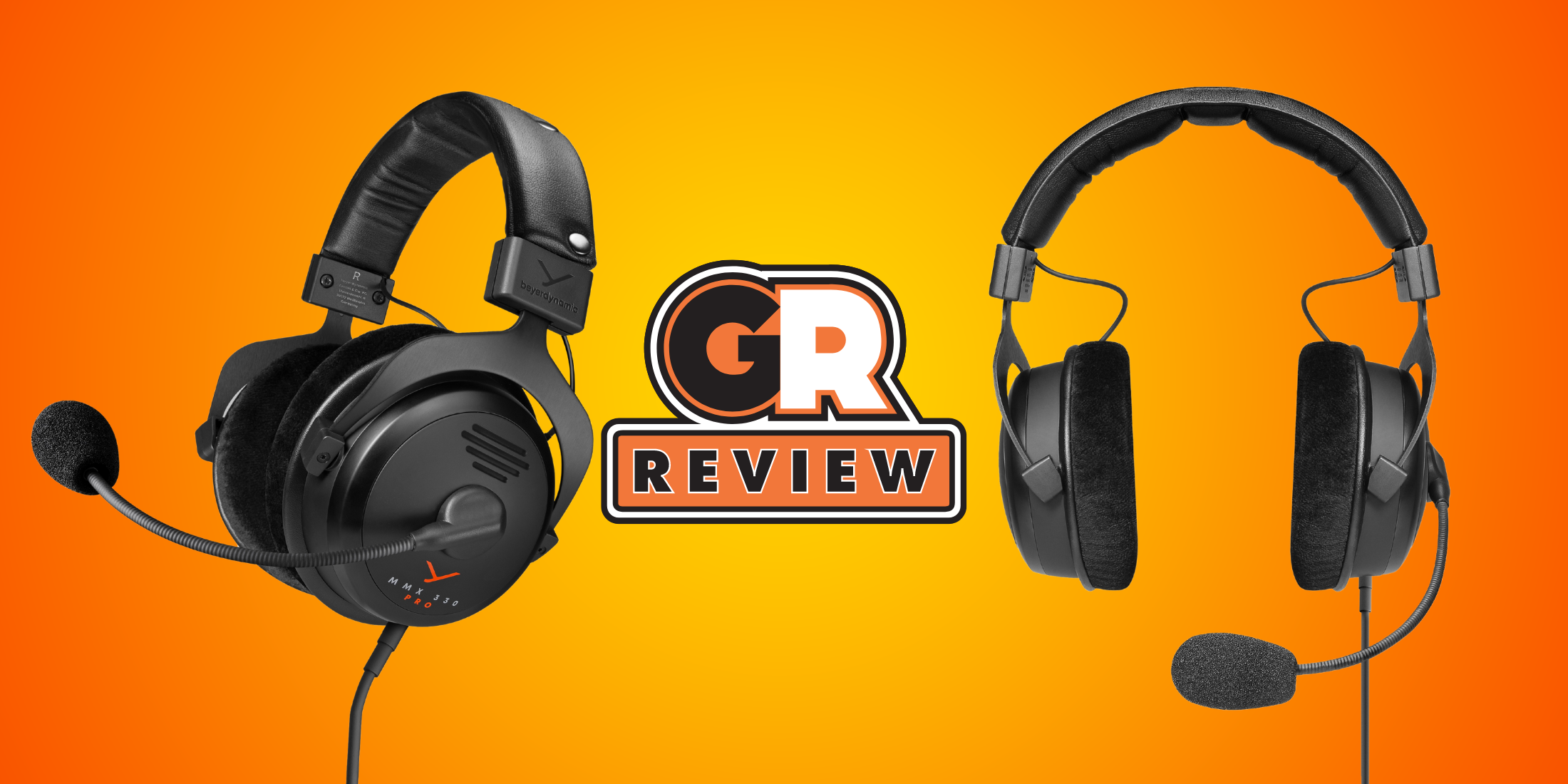
More
Beyerdynamic MMX 330 Pro Gaming Headset Review: Say Goodbye to Sweaty Ears
Not all gaming headsets have to suffocate earlobes. The beyerdynamic MMX 330 Pro is a more comfortable way to enjoy studio-quality sound.

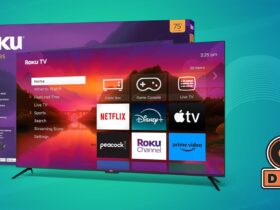





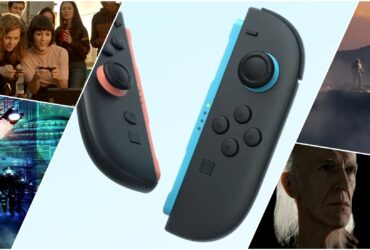


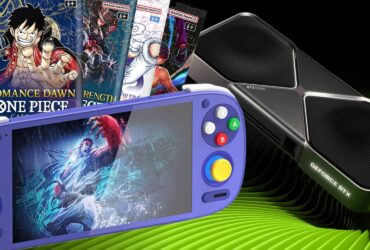
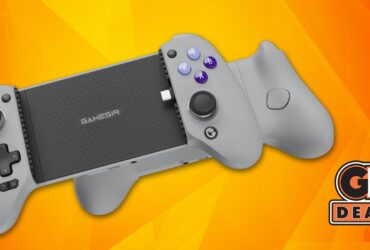
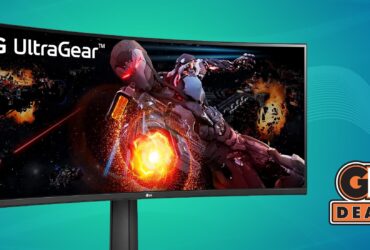
Leave a Reply